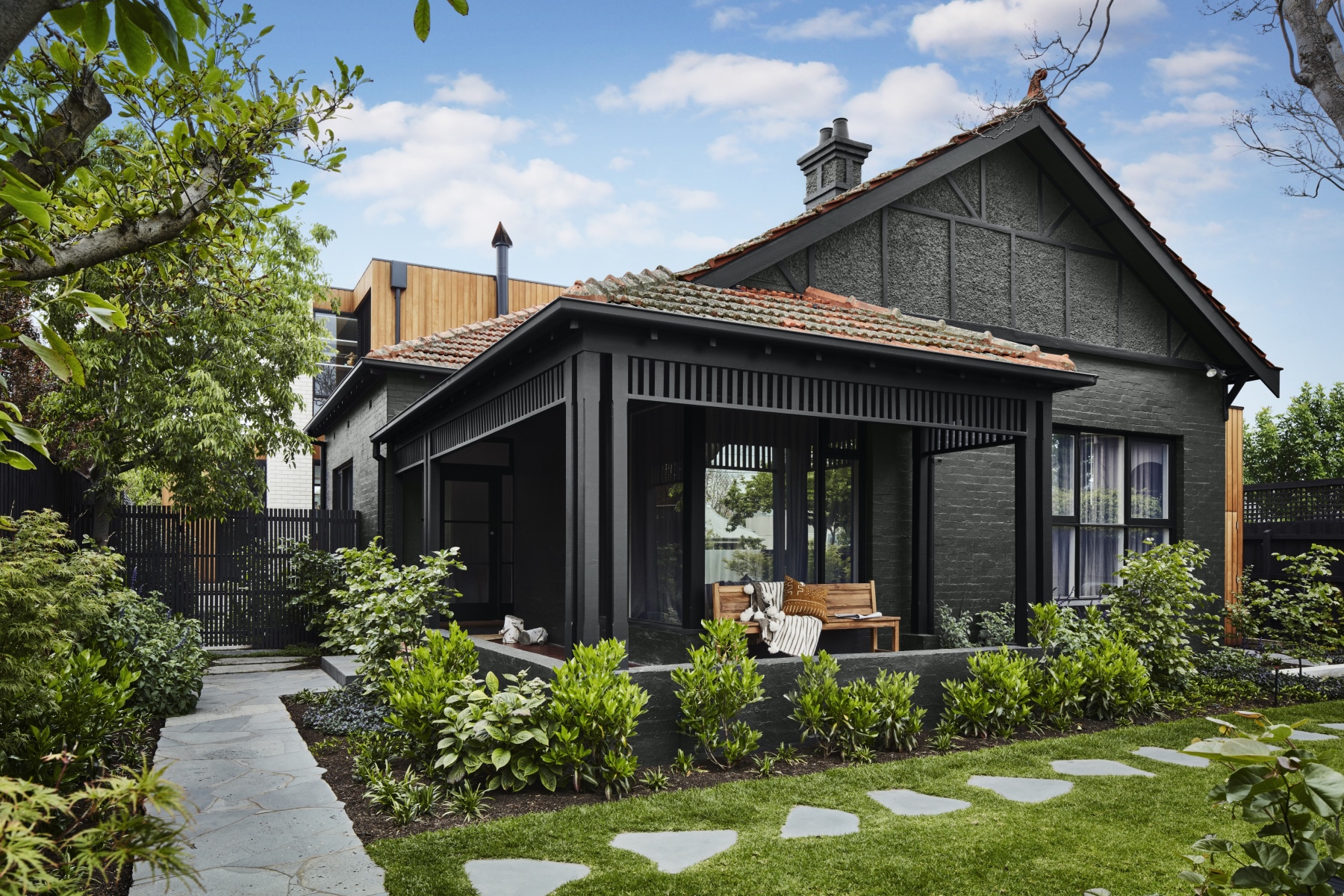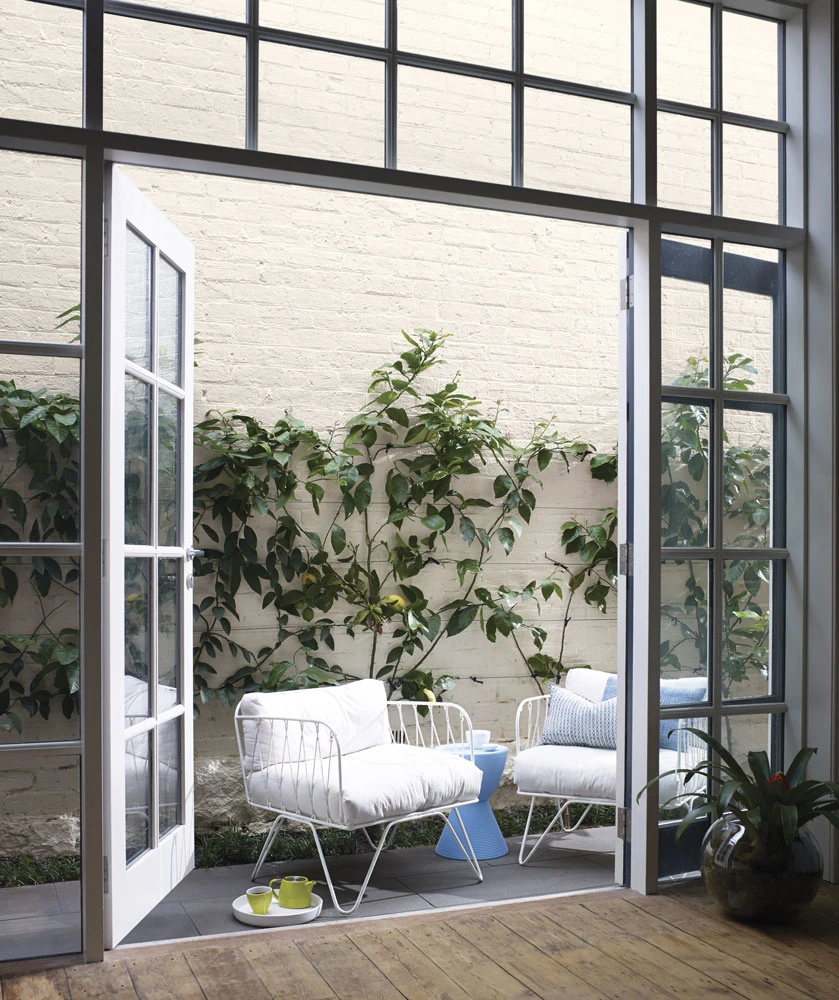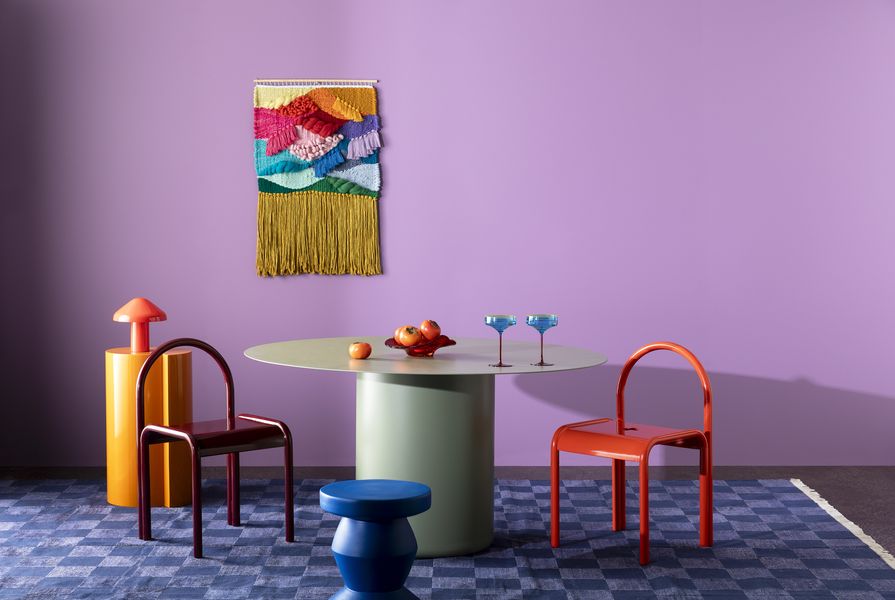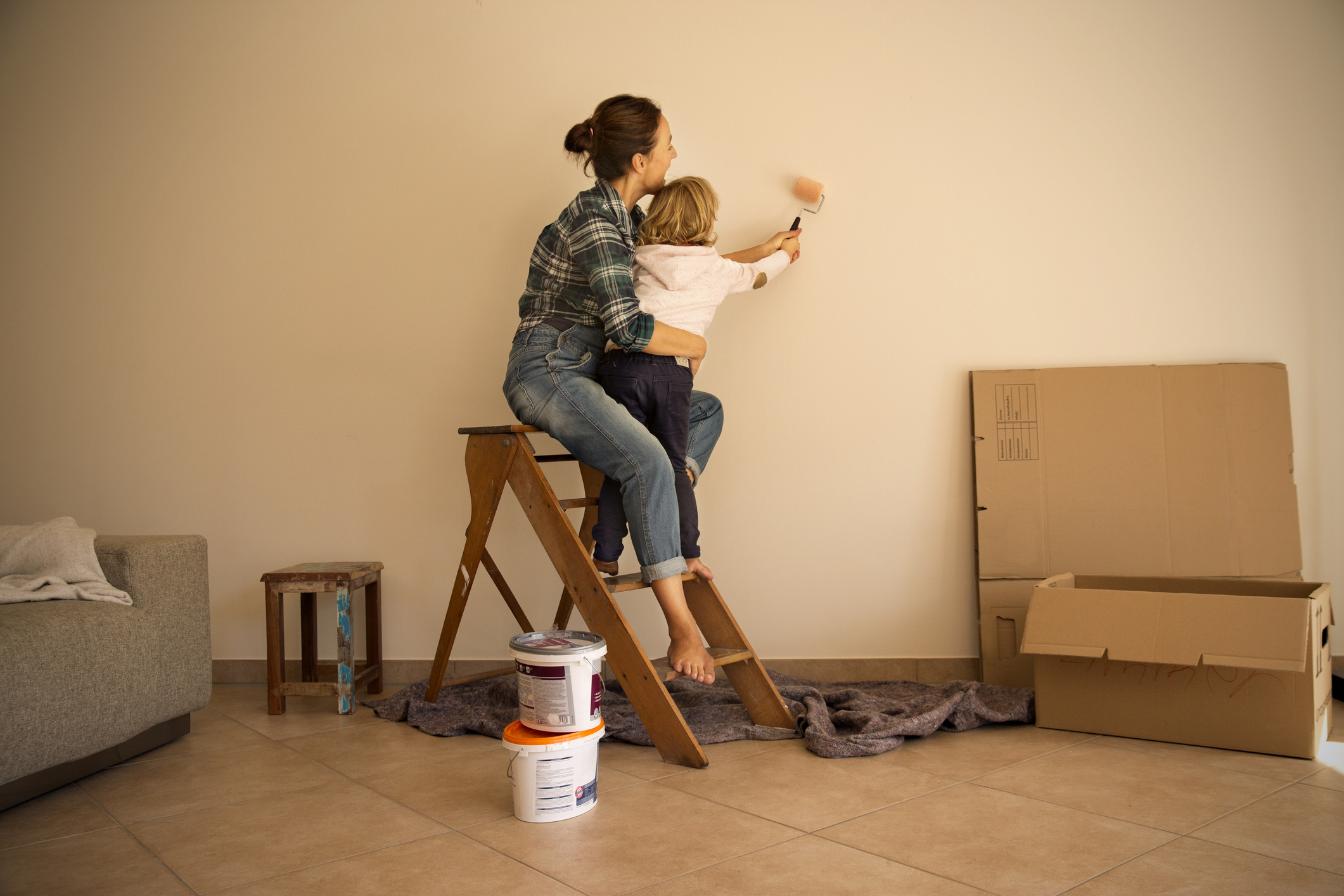Best Paints In Australia For Exceptional Interior And Exterior Finish: 2024 Guide
You either love it or loathe it but there’s no question that painting your house, whether it’s inside or outside, takes considerable time and effort. So it’s important that once the preparation work is done, you choose the best paint for the task. With so many on the market, it can be challenging sorting through so we’ve prepared the ultimate painting product cheat sheet. It’s guaranteed to be more fun than watching paint dry.
DULUX WEATHERSHIELD

Best for: Exterior walls
Available in 10 paint types, including Low-Sheen, Semi Gloss and Render Refresh, the Weathershield range has been specifically designed for Australian conditions with built-in UV, mould dirt and stain resistance. As the market lead, the Dulux range of colours stretches into the thousands,but the company provides specific advice for popular exterior colour schemes.
TAUBMANS ENDURE

Best for: Interior walls
Created with Nanoguard Advanced Technology, the Taubmans Endure range is ideal for high traffic areas such as hallways and living areas thanks to its ability to withstand wear and tear. According to the manufacturer, it also protects against mould and mildew and is approved by the National Asthma Council Australia’s Sensitive Choice program.
BRITISH PAINTS 4 SEASONS

Best for: Exterior surfaces
As the name would suggest, the point of difference with this paint product is its ability to weather seasonal changes. Owned by the Dulux group, British Paints 4 Seasons is self priming on most surfaces, for a faster, more satisfying result. It comes with a 25-year guarantee against peeling, flaking and blistering as well as providing resistance to mould, fungus and algae.
HAYMES EXPRESSIONS

Best for: Interior walls
Haymes Paints was established in Ballarat in 1935 and the family-run business still offers an Australian owned and made product. Haymes Expressions® Low Sheen has been designed for easy washing – and stain removal – and is ideal for wet areas, thanks to its seven-year mould and mildew protection guarantee. Haymes Paints also releases a yearly colour forecast to provide design professionals and homeowners with inspirational colour palettes.
WATTYL SOLAGARD

Best for: Exterior surfaces
A mainstay of the exterior paint market, Wattyl Solagard is known for its durability and colour fastness over an extended period of time. Suitable for painting over most exterior surfaces, including concrete, masonry, timber and galvanised iron, it is UV and dirt resistant. It is available in a wide range of colours to suit most house styles, including Coastal, Heritage and Modern.
PORTER’S ORIGINAL PAINTS

Best for: Specialty finishes
Now part of the Dulux Group, Porter’s Paints has built its reputation on its wide range of specialty finishes for exterior or interior use such as limewash, chalk paint, French wash and liquid iron. While some products require specific application processes, there are easy-to-follow video tutorials and step-by-step instructions to support customers interested in a unique finish. Aside from an enviable array of carefully crafted colours, Porter’s Paints are water based and low in VOCs.
HEALTH AND ENVIRONMENT CONSIDERATIONS
More homeowners are becoming aware of the potential hazards associated with house paint, particularly when it comes to air quality. The main concern is Volatile Organic Compounds, or VOCs, which are released into the indoor environment and have been linked with eye irritations, breathing difficulties, as well as damage to kidneys, the liver and the central nervous system. From a product perspective, VOCs slow down the drying process, creating a wet edge on application so the user has more time to work with it. More paint manufacturers are now offering low or zero VOC paints, but be aware that even those paints may still contain elements like ammonia and formaldehyde. Ventilate the space as much as possible, opening windows and doors as well as using fans and wear masks and gloves to minimise exposure to fumes while working.
TOP PAINTS FOR THE JOB, AND THE PAINTER
Painting a home involves so many decisions, and choosing the right paint for the right job is tricky. Here we look at the top paint brands for the jobs at hand.
Exterior paints need strength to withstand the elements, they do this by adding additional and expensive, top quality resins so fading is less of an issue, and new technology that offers UV protection. Who wants to repaint a house, right? After years of advancement, you can now achieve great results with acrylic exterior paint, which has the primer built in. Taubmans All Weather and Taubmans Sun Proof are great options here.
Exterior features such as fences and front doors are a chance to add extra zing to the design, and very often the best way to produce that effect is with a gloss or enamel paint. While there have been improvements in acrylic gloss products, purists and pros are still reaching for the oil based product – the finish is simply brighter and more reflective, and more to the point will last longer on high traffic spots such as doors. The lesser known Norglass brand offers a magnificent result, and comes in small cans, which is a bonus for feature trim jobs.
Interior walls cop the most passing traffic scuff and grime, especially if you are blessed with kids or pets. The ideal paint here is a washable, acrylic based paint that goes on smoothly, and wipes clean easily. A combination of huge colour range, and great coverage (meaning less coats to put on) is the Dulux Wash and Wear brand. You can actually feel the extra weight on the brush or roller, which is a good thing, but tougher on older hands, or newbies to the roller game.
Getting on top of ceilings is perhaps the most difficult of paint jobs; back breaking and neck stretching, it is a job with little pay off – but is critical to achieve a perfectly finished room. A dead matte finish is ideal, usually in white (but don’t let that stop you), and always acrylic. While you can use a cheaper matte paint, a purpose designed one will go on easier and offer better coverage – it’s designed to be a one stop wonder. British Paints Paint and Prime is reputed to have be a good ceiling paint that goes on thickly, and works particularly well with a long knap roller, reducing spray.
Houses have damp zones, and yes they need extra care because paint that doesn’t deflect the wet will get mould, mildew and then peel. The elasticity of acrylic paint is great here, and Berger Paints have a product, Kitchen and Bathroom Everlast which offers a five-year guarantee against mould and mildew. Best tip here is to, for once, not use a matte ceiling paint, but the soft or low sheen bathroom paint.
A secret of professional painters is the top paint brand Haymes. Haymes is perhaps a lesser known brand to the home decorator but it has been rated by Canstar as the top paint in Australia for the last six years. Haymes has been produced by the one family in Australia for generations, and commands respect from those who spend their lives up a ladder. They don’t need expensive ad campaigns, because those in the know don’t need reminding of this solid and impressive brand. Always consider checking out their products when starting a project.
This stylish family home combines a classic palette and finishes with a flexible floorplan
Just 55 minutes from Sydney, make this your creative getaway located in the majestic Hawkesbury region.
More than one fifth of Australians are cutting back on the number of people they socialise with
Australian social circles are shrinking as more people look for ways to keep a lid on spending, a new survey has found.
New research from Finder found more than one fifth of respondents had dropped a friend or reduced their social circle because they were unable to afford the same levels of social activity. The survey questioned 1,041 people about how increasing concerns about affordability were affecting their social lives. The results showed 6 percent had cut ties with a friend, 16 percent were going out with fewer people and 26 percent were going to fewer events.
Expensive events such as hens’ parties and weddings were among the activities people were looking to avoid, indicating younger people were those most feeling the brunt of cost of living pressures. According to Canstar, the average cost of a wedding in NSW was between $37,108 to $41,245 and marginally lower in Victoria at $36, 358 to $37,430.
But not all age groups are curbing their social circle. While the survey found that 10 percent of Gen Z respondents had cut off a friend, only 2 percent of Baby Boomers had done similar.
Money expert at Finder, Rebecca Pike, said many had no choice but to prioritise necessities like bills over discretionary activities.
“Unfortunately, for some, social activities have become a luxury they can no longer afford,” she said.
This stylish family home combines a classic palette and finishes with a flexible floorplan
Just 55 minutes from Sydney, make this your creative getaway located in the majestic Hawkesbury region.


















